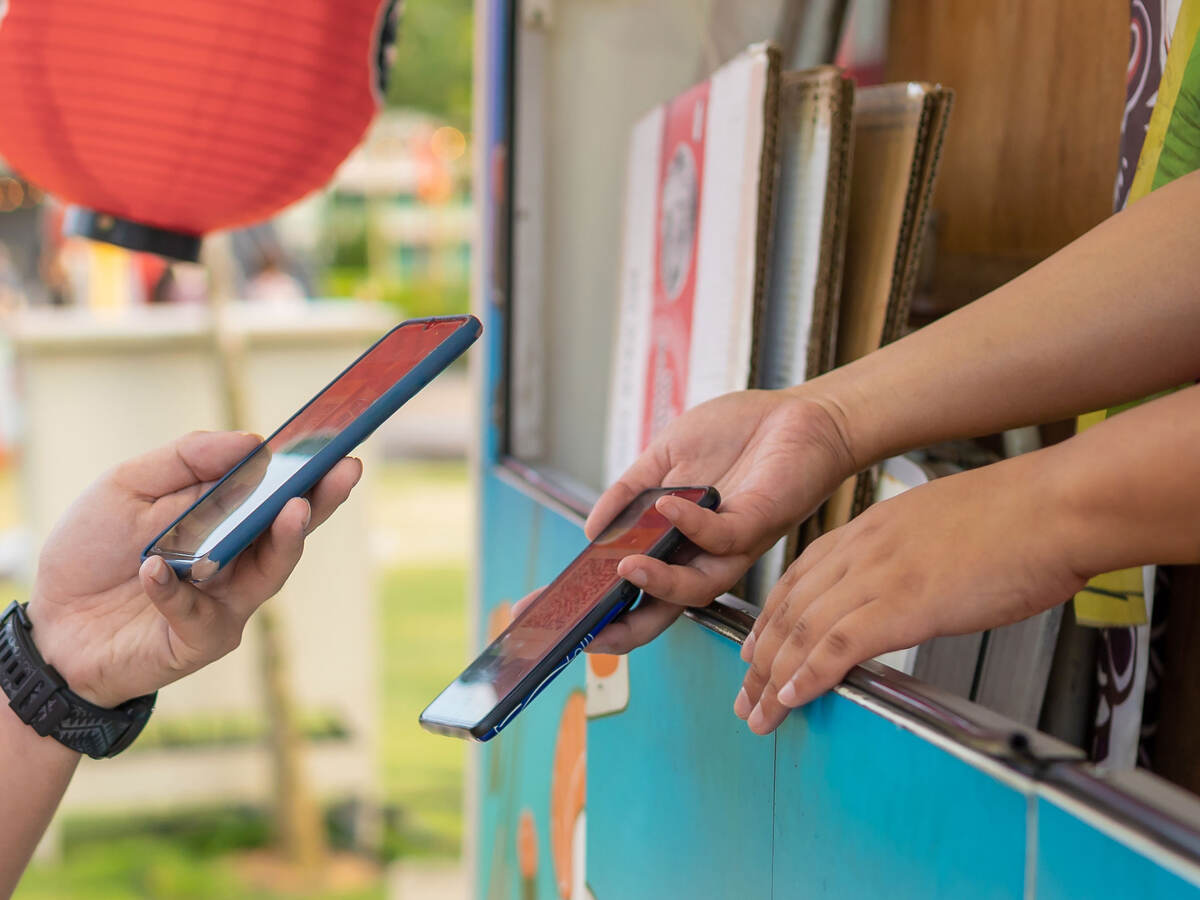The need for payment terminals at the point of sale (POS) has always limited the acceptance of card-based payments. These terminals had to read the card details and accept the customer’s PIN entry, but the industry is innovating beyond reliance on dedicated payment terminals to accept payments with a standard phone or tablet. Several standards and specifications, collectively referred to as Tap on Phone and software point of sale (SoftPOS), now exist in the payment ecosystem to enable commercial off-the-shelf (COTS) devices to act as contactless payment terminals.
This new technology will allow mobile devices and smartphones to become POS systems. Although many benefits accompany this change, including instant merchant onboarding, mobile payment acceptance and reduction in operational costs, securing a payment in this environment can prove quite complex as COTS devices lack the physical and hardware security common in traditional POS systems. As adoption of SoftPOS systems increases, especially across emerging markets, companies seek to build technologies that help solve merchants’ and buyers’ needs in the retail industry. Addressing payment security and functionality requirements is a challenge to many industry players and stakeholders around the world.
Although using commoditized hardware for payments may seem like a great idea for your business, it may not be that simple. The built-in security requirements governing these systems are not trivial, and the user interface or card acceptance process is not always ideal, given the nature of the devices used. Understanding the potential functional issues as well as the security issues prior to implementation often plays a vital role in the implementation’s success. Depending on your role in the payment ecosystem, you may also need to comply with more than one payment card industry (PCI) program.
SoftPOS benefits
The movement away from the days of cash registers at the front of the store with card readers is wrapping up, as retailers can use SoftPOS methods for payments. Using COTS devices with powerful and standardized software, they can enjoy benefits, such as:
- Expanding the boundaries of payment acceptance.
- No hardware procurement and maintenance costs.
- Easy setup process.
- Possible integration with other systems.
The benefits can also apply to any number of merchants and settings:
- Small, medium and large merchants
- Delivery services
- Queue management
- Transit and mobility
- Event management
Merchant staff can undergo training to not only assist customers on the floor with product advice and directions, but they can also check the customer out right then and there on handheld devices. Recent developments have made taking payments in this manner even more effective and simple. With a previous software standard, PCI Contactless Payments on COTS (CPoC), merchant staff could accomplish cardholder card data entry without the need for any external hardware, but PIN entry was not possible. However, with a new standard available now, Mobile Payments on COTS (MPoC), cardholder card data and PIN entry don’t require any external hardware.
In addition, merchants can tie their financial, inventory, staffing, and rewards and loyalty programs right into the MPoC software. This has totally changed the landscape of small to mid-sized businesses because merchants don’t have to invest heavily in payment hardware, contend with continual software upgrades or connect to a payment vendor, nor do merchants always need to have a clerk at the front of the store, thereby potentially reducing staffing costs. Refunds and returns can also be accomplished with the SoftPOS software, again creating a frictionless customer experience.
We might also realize environmental benefits because merchants can email receipts right to the customer from the payment app, removing the need to print paper receipts, and physical loyalty cards will no longer be necessary since they can be virtual — also tied to the payments app.
Conclusion
As we have traced the origins, current state and potential future of the payments landscape, it is apparent that payments have come a long way from the days of cash registers and paper money. With the cooperation of the retail industry, regulators and financial institutions, payments have become safer, more secure and easier to accomplish. The benefits to retailers and other merchants in reducing fraud, getting payments sooner and streamlining systems are immense. The advances in electronic ID, real-time payments and SoftPOS were already well on their way when the COVID-19 pandemic kicked everything into high gear to allow contactless payments. New standards for mobile device usage have now created a seamless and empowering experience for both merchants and customers. The future of payments remains bright and secure.
Get connected with our sales team
Thanks for your interest in our products and services. Let's collect some information so we can connect you with the right person.




